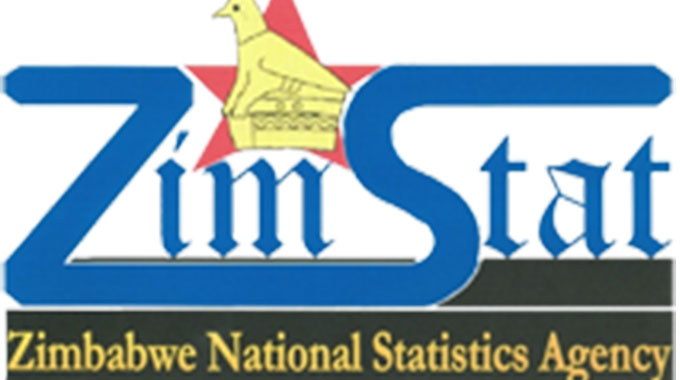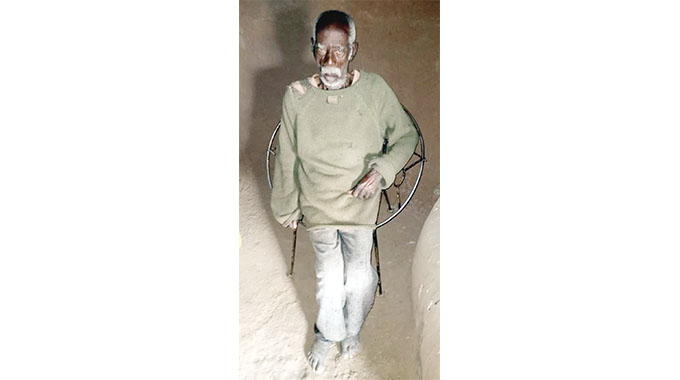Zimstat races to complete census

Harare Bureau
UNDER the dark cloud of Covid-19, the Zimbabwe National Statistics Agency (Zimstat) has come up with a cocktail of measures to carry out population census as it races to complete the process later this year to give way for the delimitation of constituencies by the Zimbabwe Electoral Commission (ZEC) that will pave way for 2023 general elections.
Treasury has since allocated $4,4 billion to Zimstat to carry out its activities that include conducting the 2021 population census expected to culminate in the delimitation of 210 electoral constituencies to be used in the 2023 general elections.
The process suffered a false start last year after the outbreak of the Covid-19 pandemic resulting in the agency losing almost 10 months of work.
But Zimstart has secured an essential service status and is now using computerised data collection system to complete the census, which it envisages to be finalised in August this year.
The Census and Statistics Act, passed by Parliament last year, seeks to align the taking of decennial national census in a manner that takes into account census data and according to the Act the process should have been completed by August this year instead of 2022, which has been the period within which it should have been carried out decennially.
Zimstat spokesperson, Ms Mercy Chidemo said they were doing everything to ensure they complete population census within the prescribed period despite the Covid19 induced challenges.
“As Zimstat, we temporarily shelved pre-enumeration activities such as the census mapping due to Covid-19 lockdown in 2020. As a matter of fact, we lost ten months of preparations before being granted essential service status,” said Ms Chidemo.
“Currently the Census mapping is ongoing and we have managed to map 45 percent of the wards in Zimbabwe. The census questionnaire and enumerator manual were adopted and approved by stakeholders. We are now finalising the development of the data collection system. We are doing our best to ensure attainment of a successful and credible census.”
She said they had computerised data collection as part of alleviating challenges that come with Covid-19 mobility restrictions and the desire to avoid physical contact.
“We have computerised data collection and processing. We will be using Computer Assisted Personal Interviewing. Census results will be available six months after data collection,” she said.
“Prior to this data collection was paper based hence census results were being published as late as 24 months after data collection.”
The enactment of the Census and Statistics Act means ZEC will delimitate seats for 2023 presidential, parliamentary and local authority polls in a manner that reflects the present population distribution premised on latest census data.
Constituencies are supposed to be of equal size within modest limits caused by provincial and District boundaries but continued movements of people has the effect of altering that distribution.
Since the last delimitation, land reform has seen major redistribution of rural population coupled with rural-urban migration.











Comments